Jul 28, 2015
What does it mean to be a New Zealander? Well I grew up knowing that “if anyone can, a Kiwi can.” Perhaps that came from the fact that when I was growing up there were only 3 million of us so numbers mattered – in our case small numbers.
It is hard to be a global player when your numbers don’t add up to much. (By the way, it is true what you believe about us, every New Zealander does know each other, not literally perhaps but certainly within 6 degrees. I remember going to visit someone in an open plan office in the UK. She greeted me at the office door and by the time we crossed the office we had found our person in common to everyone else’s amusement – I think there is a healthy wee bit of “us against the rest” in Kiwis).
You are maybe thinking, “a nice wee anecdote but why is it relevant to a blog about NTD’s?” There is a simile. A small group of astute NTD champions recognized early this century that NTDs were a small and unrecognized island of diseases in a world of bigger and more influential global health priorities. With deliberate intent they set about to get NTDs recognized as a global issue, to get a seat at the table of global heath priorities, but especially to get the money allocated to seriously tackle them.
They were successful beyond their imagination. Since 2006, approximately $1 billion has been pledged to fight NTDS and $17 billion worth of drugs have been committed to be donated through 2020. What helped create this movement? They were counting numbers.
What they understood was that what set NTDs uniquely apart in the global health space were the compelling numbers. The large number of people affected; the number of years lived with reduced quality of life because of disability; the number of life years lost through early death; the staggering number of treatments that could be delivered year on year; the remarkably small number of dollars required to control and eliminate these disease; the short number of years it would take; and the colossal quantity of the necessary medicines donated by the international pharmaceutical companies – enough now to treat everyone who needs it.
So who’s counting? We’re counting because numbers tell the story of these diseases of poverty, which still affect only the poorest of our fellow human beings.
The numbers did the talking and to this day they still speak volumes. Last year, the END Fund supported countries to deliver treatment to over 45 million people – more than ten times the population of NZ; you can perhaps imagine how I feel about that number. But this number also translates into a bigger number of 138 million treatments distributed from 2012-2014, valued at $253.5 million worth of donated medicines from generous pharmaceutical companies.
So who’s counting? We are because then we can tell the compelling story in the fight to see millions more healthy dewormed children healed; millions of men and women saved from river blindness; millions of families protected against searing pain and disability of blinding trachoma; millions more treated against elephantiasis and schistosomiasis.
There was a great article earlier this year about numbers from our colleagues at Evidence Action in which they talked about how they prove a concept and establish the metrics then scale up. From there so long as the numbers are counted diligently the impact can be known. In the case of deworming – years of life saved, loss of quality of life averted, school attendance increased, economic productivity enhanced, sickness healed.
I find myself most days when I awake thinking I am part of a global initiative of such scale and my roots give me perspective on the magnitude of that endeavor. I am just one Kiwi but I hope my contribution is keeping with what I responded to my fellow New Zealanders when they asked me what I thought we stood for.


